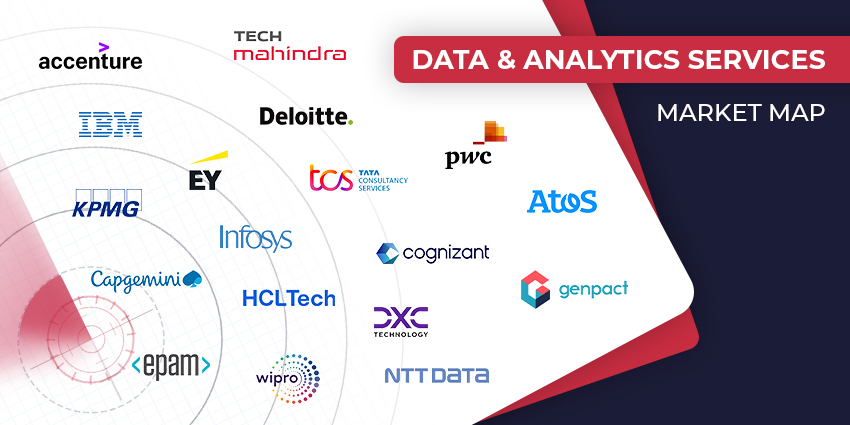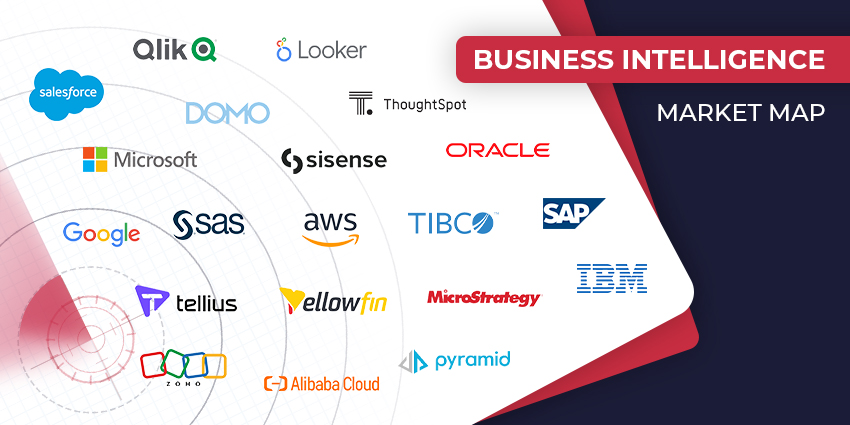Data is everywhere. From one telephone call alone, businesses can be presented with 600 pieces of insight. Such a powerful amount of intelligence can truly equip workforces to remain ahead of the curve, focus on employee wellbeing and take decisive action when it comes to streamlining operations.
Breaking down a company into its fundamental priorities, these typically revolve around building revenues, saving costs and creating an efficient organisational structure that can be refined and evolved with an agile approach. And at the core of all this? Data and people.
In its simplest form, relevant insight can provide leaders with real-time actionable insights so they can make those all-important, business-critical decisions about technology investment – and adoption – budget control, resource management, employee engagement and in-house training.
So, are CEOs and directors making the most of the data that their intuitive tools should be collecting on a daily basis? For those that are, they’re putting themselves in a far greater position to both optimise workplace performance and understand the key to enhancing their team’s motivation, happiness and general wellbeing.
That’s because analytics isn’t about numbers on a piece of paper. It’s sound, reliable detail that provides organisations with the potential to roll-out agile solutions which, in turn, help leaders – and their employees – to make truly meaningful, insightful and evidenced-based decisions.
For example, a busy telecoms centre can dissect insight which evidences when the workforce experiences the busiest call times, if enough resources are being deployed, costs involved, and where low productivity must be addressed immediately. By empowering an entire team with such intelligence, they are then able to make crucial decisions on their infrastructure and how to best evolve processes to maintain a happy, engaged team.
Embracing a more collaborative – and empowered – workforce
These analytics can prove to be the difference when it comes to being swift, decisive and impactful in real-time – especially during an unforgiving economic climate. Making effective use of business intelligence could mean the difference between the enterprises that survive, and those that thrive even during difficult times.
CEOs and directors should want to equip their colleagues with business-critical, collaborative tools that encourage a proactive workforce and develop a thriving company culture that embraces dispersed decision-making. Taking this approach should not only positively impact productivity but help to maintain a sustainable, growing future for any brand.
Giving members of staff a voice can be an extremely powerful tool for a company leader. Providing colleagues with a sense of ownership can help an entire organisation move at a faster pace, grow and win new customers – as well as keep existing clients happy.
Everyone now has to adapt to a new way of working and that has accelerated the adoption of collaboration tools because managers know that data can drive key decisions.
Additionally, with the importance of promoting and maintaining a positive culture – with wellbeing at its core – CEOs and directors utilising workplace analytics effectively can develop their teams to remain productive, embrace collaborative tools and make the decisions that matter, at the most critical times.
Guest Blog by Jon Pickering, CEO of Tiger
Jon Pickering is CEO of workplace data analytics firm, Tiger. Prior to joining Tiger in February 2020, he spent 11 successful years as co-founder and CEO of Block Solutions, before exiting in 2017. Following Block, Jon used his 20+ years of experience in the telecoms and technology sectors, to serve as non-executive director in numerous scale-up technology businesses. Earlier in his career he worked as a technology consultant for the NHS and as European network manager at Colt.







